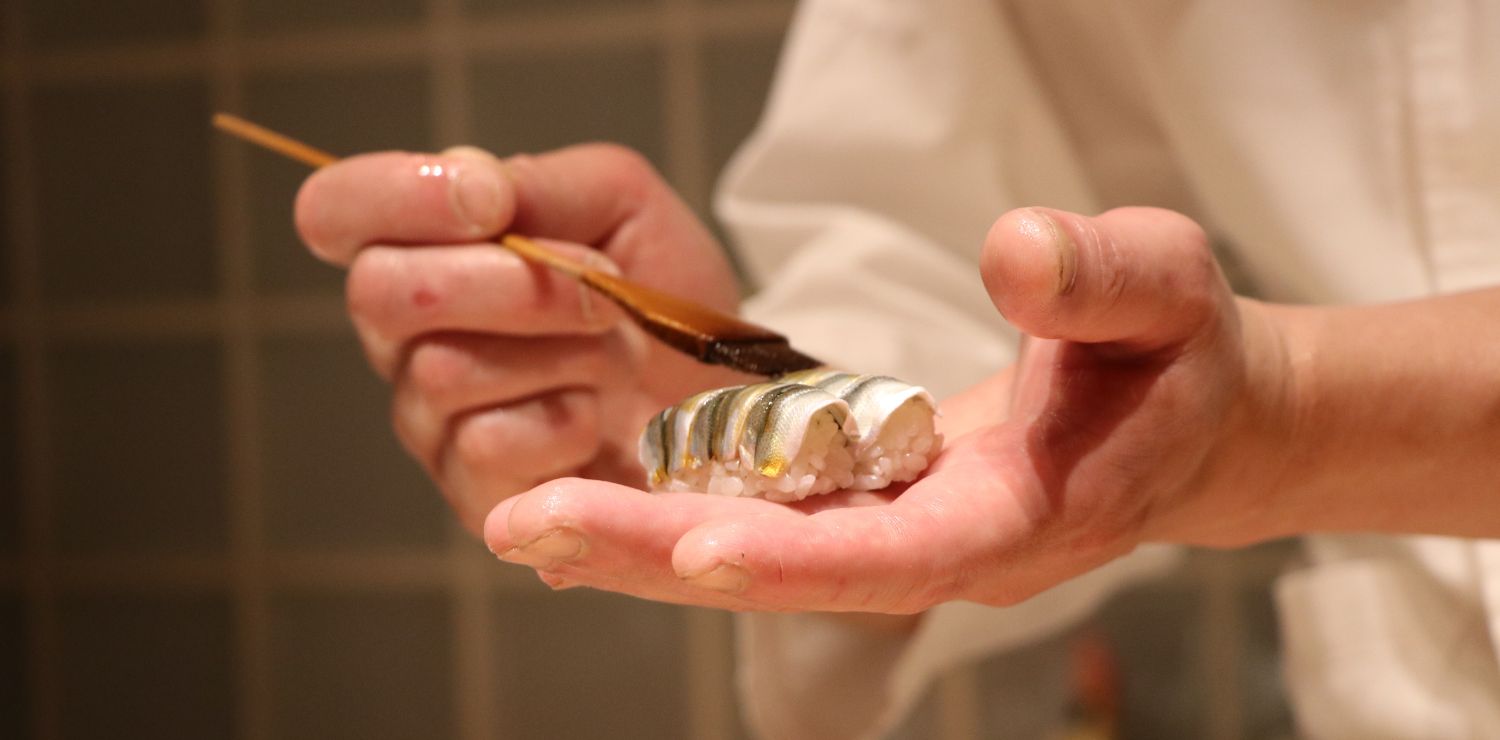The History of Star Restaurants in Japan
Japan, famous for its rich culture, picturesque nature and exquisite craftsmanship, also shines in the field of gastronomy. One of the most prestigious facets of the Japanese culinary scene is represented by Michelin-starred restaurants. With their commitment to excellence, innovation and perfection of taste, these establishments have conquered the palates of gourmets around the world. In this article, let’s delve into the world of Michelin-starred restaurants in Japan, exploring their history, international fame and the gastronomic delights they offer.
The Michelin Star: A mark of prestige
The recognition of starred restaurants is often associated with the Michelin Guide, a prestigious publication that evaluates and ranks culinary establishments around the world. Restaurants are evaluated based on criteria such as the quality of ingredients, creativity, mastery of culinary techniques and overall customer satisfaction. The Michelin Guide's star system, ranging from one to three stars, represents a globally recognized mark of excellence.
History of Michelin-Starred Restaurants in Japan
The beginnings of Michelin-starred restaurants in Japan date back to 2007-2008, when the Michelin Guide launched its editions in Tokyo, Kyoto and Osaka. Japan's exceptional culinary reputation, with its variety of delicacies ranging from sushi to kaiseki (traditional multi-course cuisine ), instantly captured the attention of the guide's food critics. Since then, the number of Michelin stars awarded to Japanese restaurants has continued to increase.
The Quest for Culinary Perfection
Michelin-starred restaurants in Japan have built their reputations by pursuing culinary perfection at every step. The chefs at these establishments are committed to creating dishes that tell stories, blending tradition and innovation with an artistic touch. They spare no effort to source the freshest and finest ingredients, often by establishing close relationships with local producers.
Diversity of culinary experiences
Michelin-starred restaurants in Japan offer a variety of dining experiences, each with its own signature. Traditional kaiseki meals take diners on a sensory journey through a series of meticulously prepared and beautifully presented dishes. Michelin-starred sushi restaurants showcase the freshness of fish and seafood, with a masterful craft that transforms each morsel into a transcendental experience.
The art of presentation
Presentation is an essential component of Japanese gastronomy, and Michelin-starred restaurants are no exception. Each dish is presented like a work of art, with meticulous attention to colors, textures, and arrangement of elements. This fusion of visual aesthetics and exquisite taste creates an unforgettable dining experience.
Accessibility of starred restaurants
Contrary to popular belief, not all Michelin-starred restaurants in Japan are financially inaccessible. While some establishments boast exorbitant prices, others offer more affordable experiences, allowing food lovers to enjoy a Michelin-starred experience without breaking the bank.
Conclusion
Michelin-starred restaurants in Japan are more than just places to satisfy hunger; they are temples of culinary creativity, artisanal perfection, and passion for gastronomy. Through their constant pursuit of excellence, these establishments captivate the senses, delight the taste buds, and tell the unique culinary story of Japan. If you are a food lover looking for the extraordinary, a visit to one of these temples of gastronomy is an experience that will leave you with unforgettable culinary memories.







How do the Japanese cut cheese?
Discover the wealth and magic of Japan: Journey through its culture and treasures